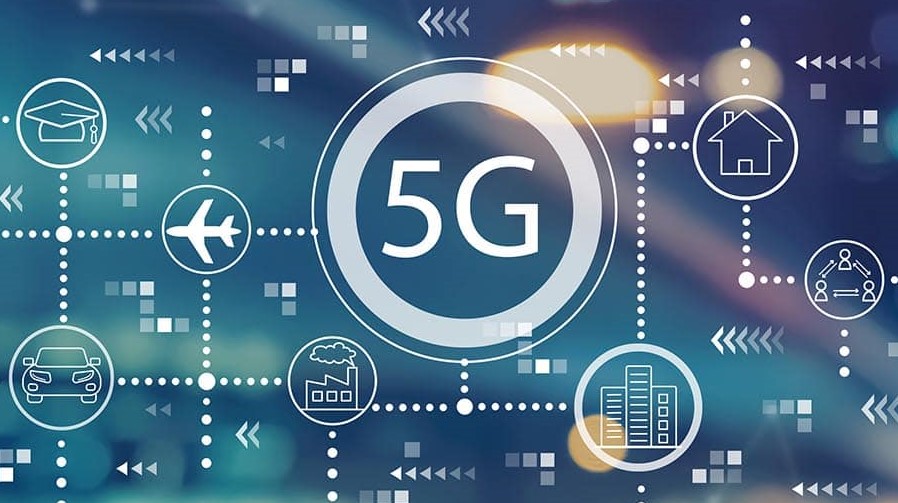
The arrival of 5G will add little to the total electromagnetic radiation. Even at full network load, the radiation remains below the recommended safety standards, researchers conclude.
With the advent of commercial 5G networks, new frequencies are being used, and electromagnetic radiation is being generated. But that measurement is now more complex. Where you have fairly constant radiation with 2G, 3G or 4G, that with 5G depends on whether you use the network. Researchers from WAVES, a research group of imec at Ghent University, have now done so.
For the test, the researchers went to Bern, Switzerland, where a commercial 5G network has been active since 2019. They compared the values at 15 measurement locations in the 400 meters around a 5G antenna and at different frequencies.
In a first conclusion, the researchers establish that those who do not use a 5G device are hardly exposed to any additional exposure. For example, for 900 MHz (2G, 3G and 4G), 800 MHz (4G) and 1.8 GHz (4G), 0.67 Volt per meter, 0.93 V/m and 0.625 V/m were measured, respectively. For 3.5 GHz, the band on which 5G is used, is only 0.04 V/m.
‘In concrete terms, this means that the 5G network is responsible for only 3% of a non-user’s cumulative electromagnetic radiation exposure. That is – for this situation – five to 25 times less than the radiation to which the same user is subjected due to the presence of 3G and 4G networks in their vicinity.’ Says professor Wout Joseph, whose team carried out the measurements.
The second series of measurements looked at the electromagnetic radiation at a theoretical maximum load on the network. In addition, the values are higher, and 0.41V/m was measured. However, the researchers have already extrapolated that to 4.81V/m because the regulator limits Swiss antennas to a power of 8 watts, where the maximum power is 200 watts.
“Those numbers are higher than the radiation typically generated by 4G networks but are limited to 0.62% of the ICNIRP exposure standards,” says Professor Joseph.
ICNIRP is an international organization of scientists who study radiation standards. Their advice is usually the basis for health guidelines on radiation. For example, Belgium applies radiation standards in Brussels, Wallonia and Flanders that are still well below the ICNIRP limits.
The WAVES research confirms earlier studies that 5G does not provide much extra radiation. Still, the researchers want to continue to do their measurements with new models and users to map the radiation.
